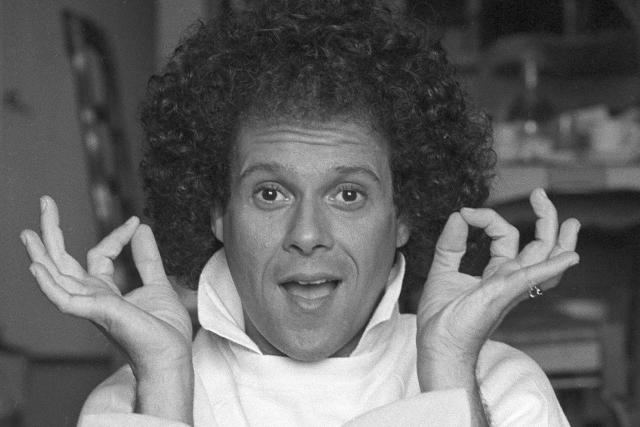Richard Simmons, who established himself as America’s most popular fitness instructor with dances, confessions, screeches, comedic routines, and pep talks, died on Saturday at his Los Angeles home. He was 76.
Tom Estey, a spokesperson for Mr. Simmons, confirmed his death.
The Los Angeles police and fire departments rushed to Mr. Simmons’ address about 10 a.m. on Saturday. According to a Fire Department official, personnel determined that he died naturally.
Mr. Simmons revealed in March that he had undergone treatment for basal cell carcinoma, which began as a “strange looking bump” under his eye.
Mr. Simmons was the most prominent manifestation of a long-standing figure in American pop culture, dating back at least to muscle show producer and magazine publisher Bernarr Macfadden (1868–1955). Mr. Simmons shared a lot with Jack LaLanne. Each man became a television and self-help celebrity by telling his own tale of being born again: a horrible childhood of sinful junk-food gluttony, followed by the realization that physical fitness imparts happiness and virtue.
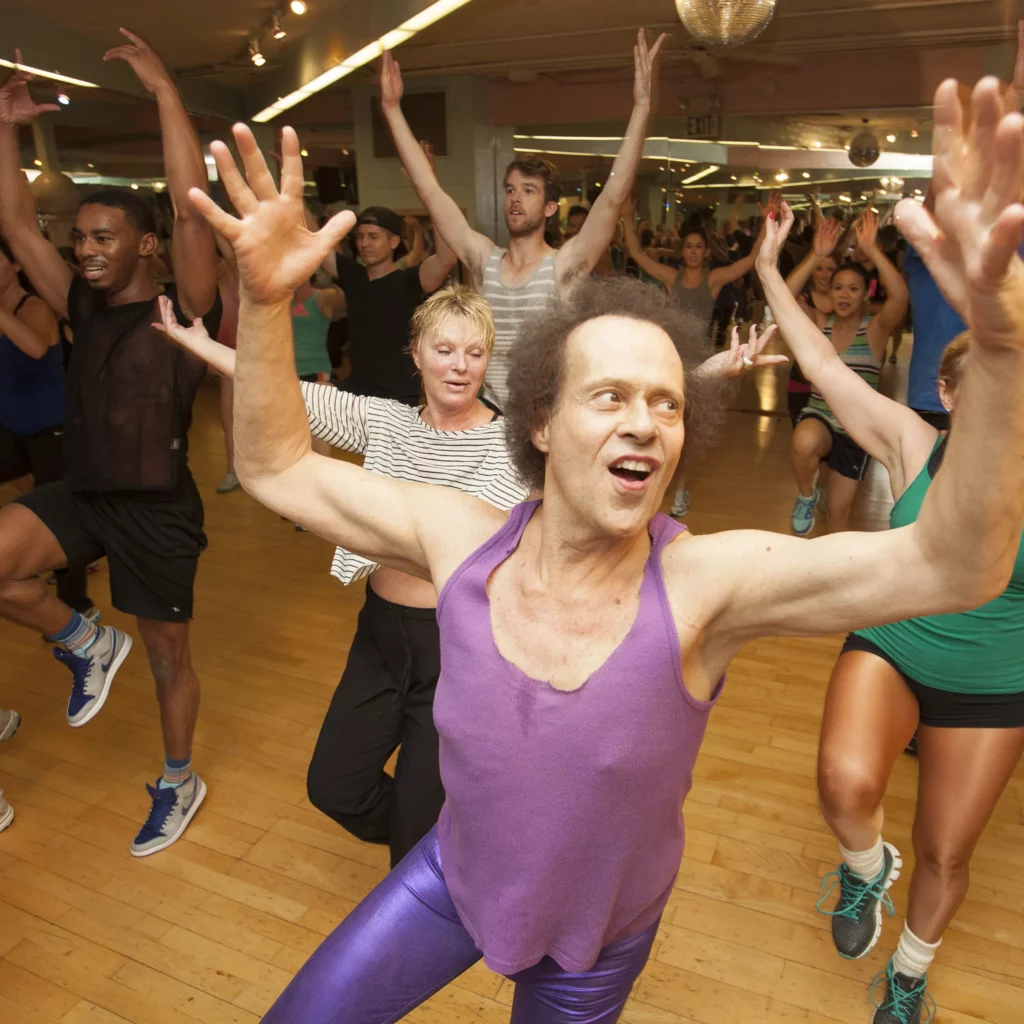
“I think I’m just a good example of a chubby, fat, unhappy kid who lived in New Orleans, Louisiana, and dreamed, and now all my dreams are coming true,” Mr. Simmons said to TV personality Huell Howser in 1980.
A TV fitness performance appears to require a balance of machismo and theatrics. Mr. Simmons demonstrated otherwise. He elevated exercise and healthy eating to the level of cross-dressing plays, shrieking exhortations, sequined tank tops, teeny-weeny short shorts, and saucy repartee. He advocated joy in self-love rather than musclebound pride.
In two 1981 profiles, People magazine referred to Mr. Simmons as a “hyperkinetic elf in an emerald-green tracksuit” and “the clown prince of fitness.” In 2017, the New York Times described him as “the most loquacious, flamboyant, visible, and rambunctious exercise evangelist this world has ever seen.”
In 1980, his television show, “The Richard Simmons Show,” was nationally syndicated. He created a number of puns and characters, like Reverend Pounds (“a man of the cloth—the tablecloth”), who said, “Though I waddle through the valley of linguine and clams, I shall fear no evil.” He dressed as Scarlett O’Hara and gorged herself at a picnic before war rations went into effect.

And he sprinted and sprang around the stage, performing and explaining aerobic workouts to both his live audience and those watching at home, his body bronzed and his curly hair plugs motionless in place.
How The Times chooses who receives an obituary. There is no method, rating system, or checklist for calculating the news worth of a life. Before deciding on a topic, we conduct study, ask around, and gather information. If you know of somebody who could be featured in a Times obituary, please submit them here.
In the early 1980s, Mr. Simmons rose to prominence on daytime television, pushing himself to stay-at-home mothers as a self-improvement alternative to talk shows and soap operas. “Let’s face it,” he informed Mr. Howser. “‘Love Boat’ does nothing for your thighs.”
“I used to watch Phil Donahue,” a “Omaha matron” told People. “I do exercises with Richard now — and he makes me feel younger.”
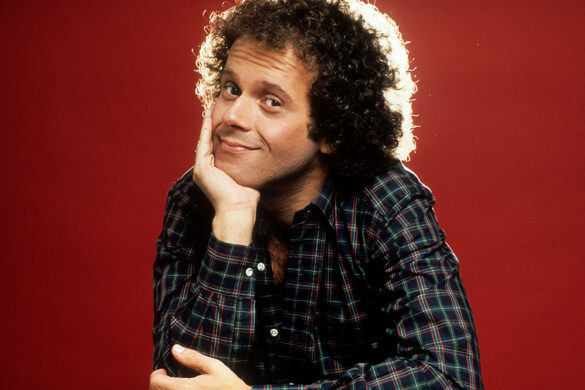
Mr. Simmons’ program ended in 1984, but he developed a wide range of other items and performances to replace it. There were numerous versions of “Sweatin’ to the Oldies” on VHS and DVD (in 2008, The Denver Post dubbed it “the ‘Citizen Kane’ of workout videos”), weight-loss cruises, infomercials, and best-selling books.
Mr. Simmons became so well-known that when he retired from public engagements, a popular podcast dedicated itself to speculating on his motives for doing so.
He appeared as himself on “General Hospital,” as well as on talk shows such as “The Dr. Oz Show,” “Ellen,” “The Dr. Ruth Show” (whose host, Ruth Westheimer, died on Friday), and “Late Show With David Letterman,” where he and Letterman focused less on fitness and more on mocking each other’s dress and mannerisms.
Mr. Simmons remained true to himself during the approximately 200 days he spent on the road each year, promoting his products, giving motivational talks, and meeting fans. He flew across the country in his customary gym shorts, dozing on two first-class seats.
People stated that when he arrived at a Walgreens in Illinois, he greeted a mob of several hundred people by saying, “Hiiiiii, everybody!” and flinging himself on top of a table. However, a campy outing might quickly turn weepy. At Walgreens, an obese woman approached Mr. Simmons. They murmured to one other, looked into each other’s eyes, held hands, and bowed their heads to pray.

Even persons who met Mr. Simmons by coincidence stated that he was the same man they had seen on television. He possessed the eerie authenticity of truly bizarre people.
Tour busses would arrive at his Hollywood Hills house, and instead of avoiding the gawking out-of-towners, Mr. Simmons would rush onboard and assist the ladies with their makeup.
Jared Gutstadt, a Canadian musician and entrepreneur, reportedly shouted loudly at an airport while waiting for his bags on the carousel — until he heard a voice call him a “meanie weanie” and demand push-ups. He was chastised, he said in a 2015 Times story, by Richard Simmons.
“I turned five different shades of red, but I did the 10 push-ups, and people started laughing,” said Gutstadt. “That incident made me realize that I have to be a lot more Zen.”
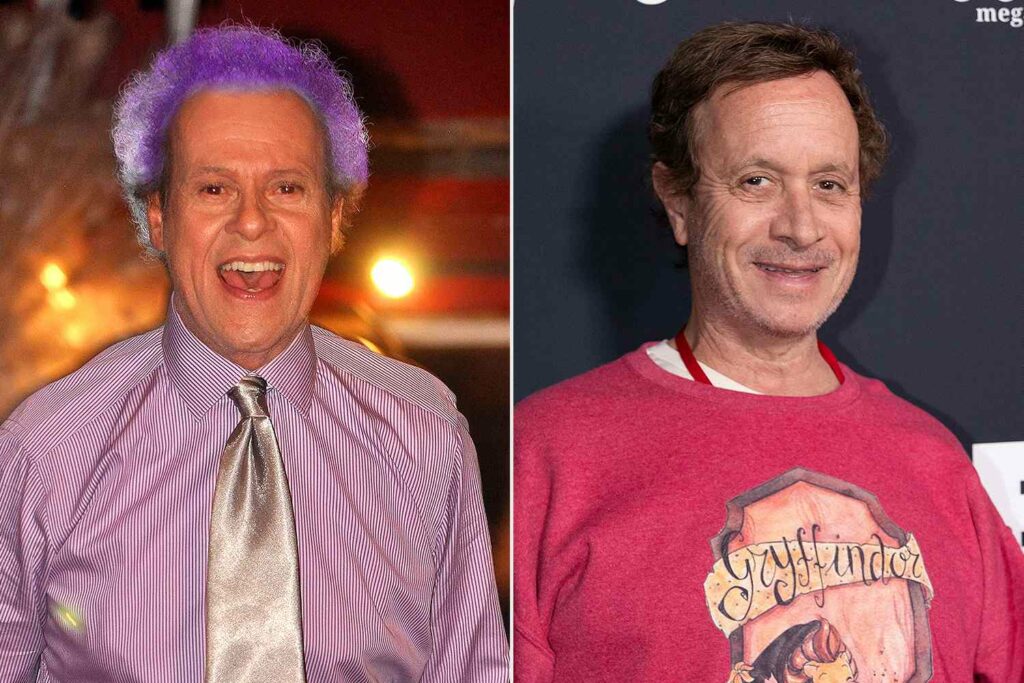
Fans were promised the real Richard Simmons, and they received it. “You’re actually inside my real exercise studio, Slimmons, and these are my honest-to-goodness teachers,” he stated in one training video. In the late 2000s, a lesson with Mr. Simmons cost only $12.
Milton Teagle Simmons was born in New Orleans on July 12, 1948. Mr. Simmons told Dr. Ruth that his mother, Shirley, was shunned by her Jewish family when she decided to become a Ziegfeld Follies dancer. He became a “extreme Catholic,” following in the footsteps of his father, Leonard, who previously played in a vaudeville act and served as a master of ceremonies for Chicago big bands.
He told a variety of stories about how he came to be known as Richard, such as how an uncle paid for him to attend college at Florida State University provided he assumed his name, or how he simply detested the name Milton.
Mr. Simmons regularly mentioned that he began overeating at a young age. “While other kids my age began exploring their sexuality, I spent time exploring food,” he recalled in “Still Hungry — After All These Years,” which was his memoir. “Food became sex for me — it became my pleasure.”
He regularly recounted a period of months in 1968 when he immersed himself in a program of diet pills, injections, hypnosis, and severe exercise. He lost 112 pounds, but his hair fell out and his skin drooped strangely.
However, he was on his way to fulfilling his calling. He relocated to Los Angeles in the 1970s and founded Slimmons, which became well-known for its famous clients, including Barbra Streisand and Diana Ross.
In 2009, The Times described his classes, which he was still teaching, as “an open secret in Los Angeles.” They were “a mix of first-time looky-loos, young Simmons converts, and a die-hard clientele of middle-aged women,” according to the Times.
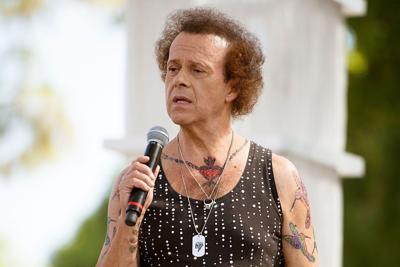
“I don’t have to teach anymore, I don’t have to work anymore, God has been really good to me,” Mr. Simmons exclaimed. “But I can’t forget these people—where would they go? Where would these men and women who don’t feel accepted elsewhere find a place to exercise where they could laugh and feel good about themselves?
Despite his openness and availability, Mr. Simmons reserved part of his time for himself. He rarely left his hotel room while traveling and avoided meals. He portrayed himself to The Denver Post as a hermit with few friends whose main companions were pet Dalmatians and live-in maids.
“I don’t have a lot to offer one person,” he explained regarding his lack of a love relationship. “I have a lot to offer to a lot of people.”
He is survived by his brother, Lenny.
Mr. Simmons never discussed his sexuality. In 2017, writer Matt Baume wrote an essay in Slate about his disappointment with “the innuendo and winking unspokenness of Simmons’ sexuality,” pointing, for example, to Mr. Simmons’ colorfully homoerotic 2003 participation on the improv comedy show “Whose Line Is It Anyway?”
Mr. Baume stated that Mr. Simmons “reminded me too much of the old-fashioned closet—of the unhappy secrets of celebrities like Rock Hudson.” However, he added that Mr. Simmons “demonstrated radical self-esteem for people who’d given up on ever fitting in.”
Curiosity regarding Mr. Simmons’ personal life grew after he unexpectedly failed to show up to teach his Slimmons class on February 15, 2014, and then fell out of public life entirely.
Mr. Simmons was the subject of the 2017 podcast “Missing Richard Simmons,” which became the most downloaded on iTunes. It presented various, bizarre possibilities about what had happened to him. Dan Taberski, the show’s host, told The Times in 2017 that it originated from “a place of love” and “real concern,” but in a review, Amanda Hess called it “an invasion of privacy masquerading as a love letter.”
Whatever the ethics of “Missing Richard Simmons,” the show’s popularity demonstrated something else: how many Americans were shocked, even saddened, at the prospect of Richard Simmons experiencing anything other than the joy he had become known for.
Radiant TV, offering to elevate your entertainment game! Movies, TV series, exclusive interviews, music, and more—download now on various devices, including iPhones, Androids, smart TVs, Apple TV, Fire Stick, and more.


